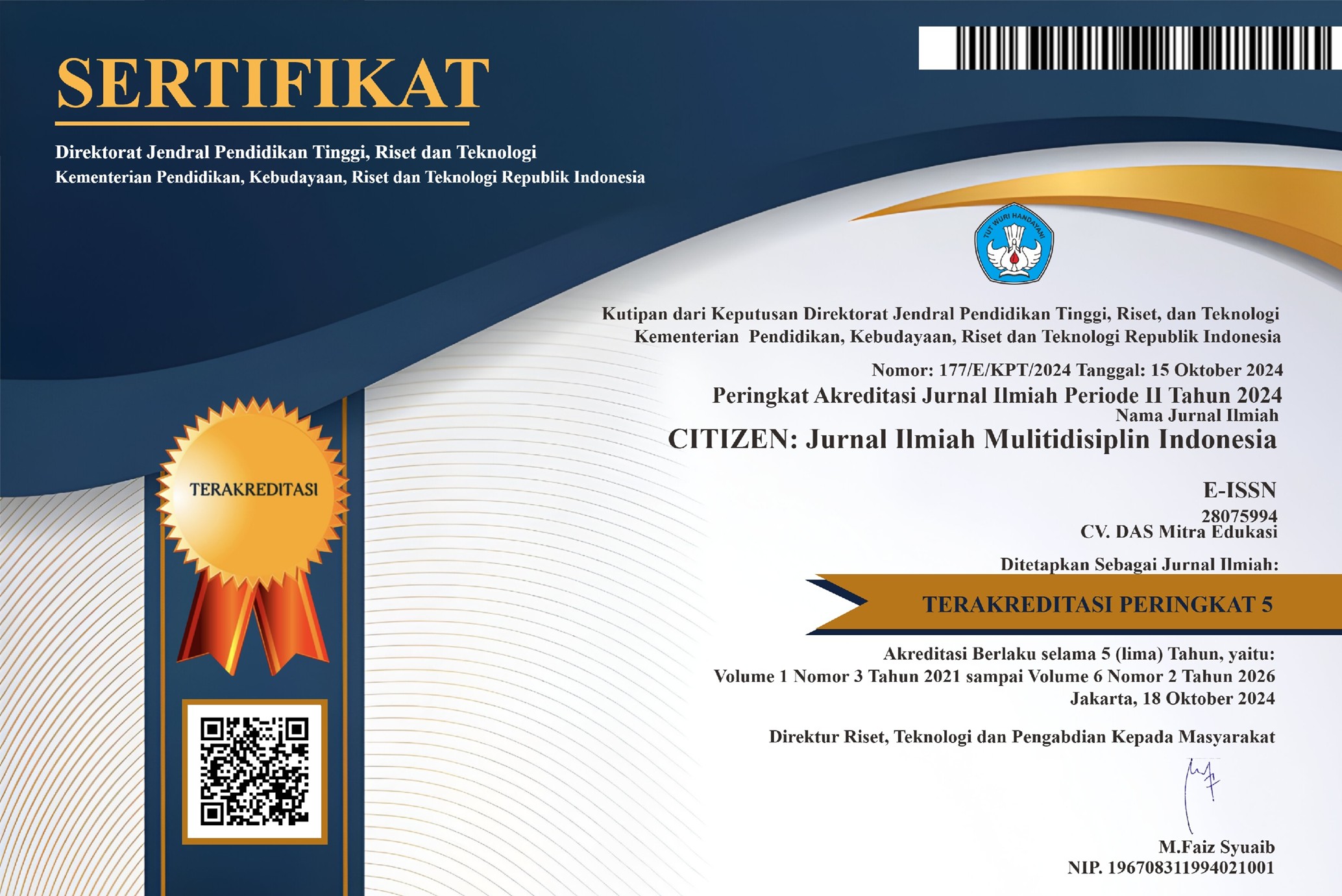Evaluasi dan Desain Ulang Electrical Submersible Pump (ESP) Pada Sumur “YS-19” Lapangan Sumatera Selatan
DOI:
https://doi.org/10.53866/jimi.v3i4.158Keywords:
IPR, Optimation, Submersible Electrical Pump DesignAbstract
Over time, the production process is ensured to decrease, causing the production rate to be reduced or not optimal and the way to optimize the production well is to use one of the artificial methods or Artificial Lift. The Electrical Submersible Pump is one alternative to help pour the pump into motion by an electric motor. The method used is the 3 phase Wiggins Inflow Performance Relationship (IPR) method. The Wiggins method is a development method from the Vogel method which assumes that each phase can be carried out separately so that the water rate (Qw) and oil rate (Qo) can be calculated respectively. each. The writing methodology used in this paper is carried out using well data, well production data, and other supporting data. The results of the IPR curve analysis from manual calculations can be said thatThe “YS-19” well has a Maximum Flow Rate (Qtotal) of 2944 BFPD. After pairing the REDA pump type with the ESP type D2400N 60Hz 3500 rpm with a Head/Stage of 25 ft/stage, the HP/stage value is 0.52 HorsePower (HP), Pump Setting Depth of 2242.96 ft with Pump Intake Pressure (PIP) of 237.77 psi, 4CU 2AL cable and 68% pump efficiency. With the amount of oil production increasing to 702 BOPD, the rate of oil that can be produced is 1338 BOPD. and obtained a value from the Productivity Index (PI) of 3.4 bbl/day.
References
Adha, I. (2021). Reservoir di Lapangan Cipluk Kendal. Reservoir, 3(September), 39–50.
Bishop, M. G. (2001). South Sumatera Basin Province, Indonesia: The Lahat/Talang Akar-Cenozoic total petroleum system. Open File Report 99-50-S. U.S. Geological Survey, Colorado.
Brown, K. E. (1980). The technology of artificial lift methods (Vol. 2a, Chapter 2, pp. 37–52). Petroleum Publishing Company, Tulsa, Oklahoma.
Brown, K. E. (1984). The technology of artificial lift methods (Vol. 1, Chapter 1, pp. 4–22). Penwell Publishing Co., The University of Tulsa, Oklahoma.
De Coster, G. L. (1974). The geology of the Central and South Sumatera Basin. In Proceedings of the Indonesian Petroleum Association 3rd Annual Convention (pp. 70–110). Jakarta: IPA.
Lesmana, J. (2019). Optimasi produksi sumur EC-6 dengan membandingkan pengangkatan buatan gas lift dan electrical submersible pump [Skripsi, Universitas Trisakti].
Novoment. (2013). Artificial Lift NOVOMENT Electric Submersible Pump System Technology Catalog.
Pertamina. (2003). Sistem pengangkatan buatan. In Perencanaan dan Troubleshooting (ESP) (Vol. 31). Pertamina. [Catatan: Mengacu pada Coefficient Hazen-Williams Formula 1903].
Pulonggono, A., & Cameron, N. R. (1984). Sumatra microplates, their characteristics and their role in the evolution of the Central and South Sumatera Basin. In 13th Annual IPA Proceedings (Vol. 1, pp. 339–360).
Schlumberger. (2005). REDA Electric Submersible Pump Technology: ESP Catalog (p. 548).
Sima, N., Sinaga, J. F., Perminyakan, T., Migas Balikpapan, Jl. Soekarno-Hatta Km, S., & Joang Kalimantan Timur, K. (2022). Optimasi hydraulic pumping unit pada sumur “Wn-98” Lapangan “X”. Petrogas, 4(1), 47–56.
Takacs, G. (2009). Electrical submersible pump manual. Burlington: Gulf Professional Publishing.
Wiggins, M. L. (1994). Generalized inflow performance relationship for three phase flow. SPE Reservoir Engineering, August, 1–8.
Wiyono, J., & Migas, T. T. (2024). Evaluasi jebakan stratigrafi pada lapisan reservoir sandstone dengan menggunakan data pre-stack dan post-stack seismik 3D. Reservoir, 6(2), 53–59.
Downloads
Published
How to Cite
Issue
Section
License
Copyright (c) 2023 Yudi Suhartono, Joko Wiyono, Firdaus Firdaus, Bambang Wicaksono, Nijusiho Manik, Michael A. Pradana

This work is licensed under a Creative Commons Attribution-ShareAlike 4.0 International License.




















